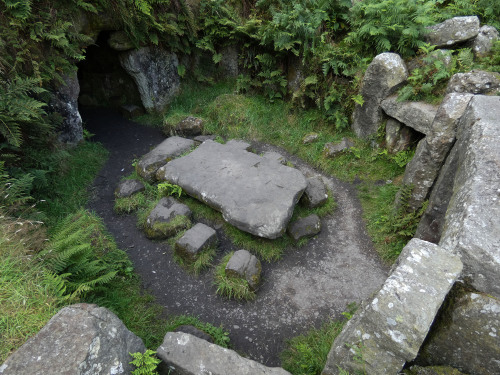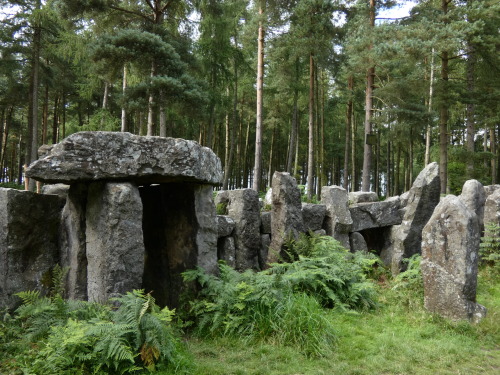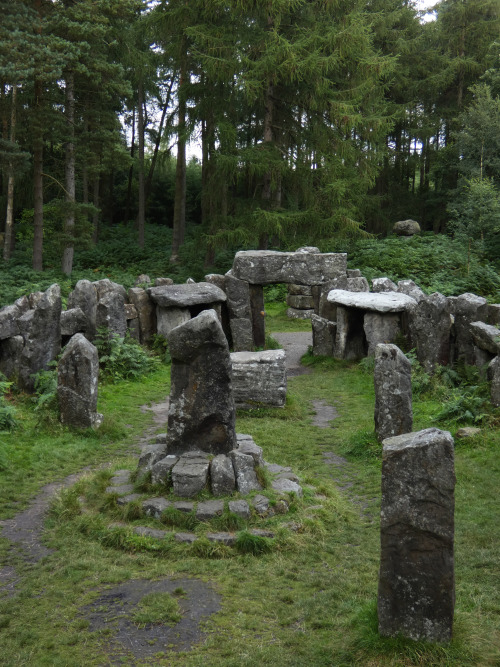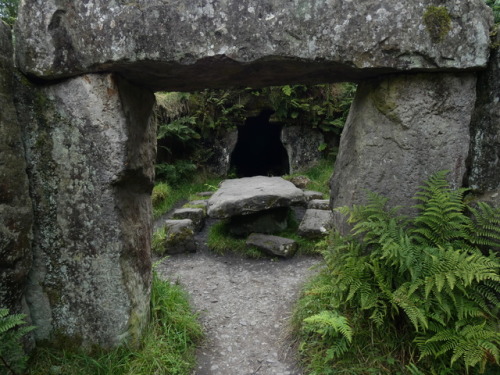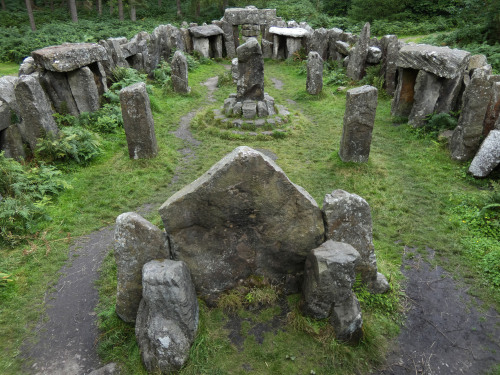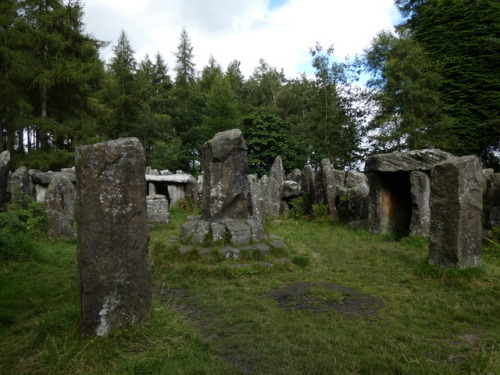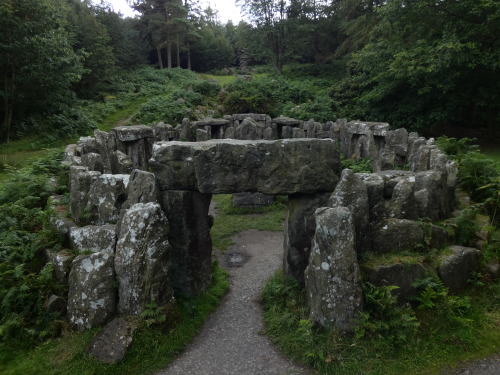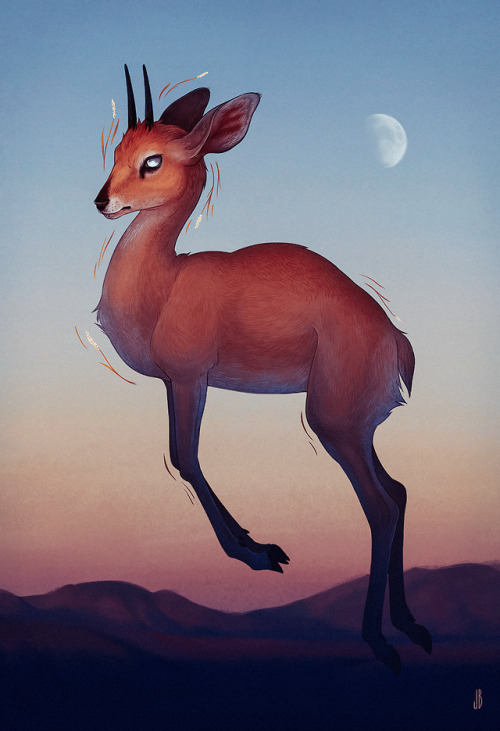Earth And Moon Between The Rings Of Saturn [1024x1024]
![Earth And Moon Between The Rings Of Saturn [1024x1024]](https://64.media.tumblr.com/d5861c60b1e3a575e3b4b03736bd7e68/tumblr_pfnoc5p0rG1rcl722o1_500.png)
Earth and Moon between the Rings of Saturn [1024x1024]
More Posts from In-pursuit-of-knowledge-blog and Others
9 Ocean Facts You Likely Don’t Know, but Should
Earth is a place dominated by water, mainly oceans. It’s also a place our researchers study to understand life. Trillions of gallons of water flow freely across the surface of our blue-green planet. Ocean’s vibrant ecosystems impact our lives in many ways.
In celebration of World Oceans Day, here are a few things you might not know about these complex waterways.
1. Why is the ocean blue?

The way light is absorbed and scattered throughout the ocean determines which colors it takes on. Red, orange, yellow,and green light are absorbed quickly beneath the surface, leaving blue light to be scattered and reflected back. This causes us to see various blue and violet hues.
2. Want a good fishing spot?

Follow the phytoplankton! These small plant-like organisms are the beginning of the food web for most of the ocean. As phytoplankton grow and multiply, they are eaten by zooplankton, small fish and other animals. Larger animals then eat the smaller ones. The fishing industry identifies good spots by using ocean color images to locate areas rich in phytoplankton. Phytoplankton, as revealed by ocean color, frequently show scientists where ocean currents provide nutrients for plant growth.
3. The ocean is many colors.

When we look at the ocean from space, we see many different shades of blue. Using instruments that are more sensitive than the human eye, we can measure carefully the fantastic array of colors of the ocean. Different colors may reveal the presence and amount of phytoplankton, sediments and dissolved organic matter.
4. The ocean can be a dark place.
About 70 percent of the planet is ocean, with an average depth of more than 12,400 feet. Given that light doesn’t penetrate much deeper than 330 feet below the water’s surface (in the clearest water), most of our planet is in a perpetual state of darkness. Although dark, this part of the ocean still supports many forms of life, some of which are fed by sinking phytoplankton.
5. We study all aspects of ocean life.

Instruments on satellites in space, hundreds of kilometers above us, can measure many things about the sea: surface winds, sea surface temperature, water color, wave height, and height of the ocean surface.
6. In a gallon of average sea water, there is about ½ cup of salt.

The amount of salt varies depending on location. The Atlantic Ocean is saltier than the Pacific Ocean, for instance. Most of the salt in the ocean is the same kind of salt we put on our food: sodium chloride.
7. A single drop of sea water is teeming with life.

It will most likely have millions (yes, millions!) of bacteria and viruses, thousands of phytoplankton cells, and even some fish eggs, baby crabs, and small worms.
8. Where does Earth store freshwater?

Just 3.5 percent of Earth’s water is fresh—that is, with few salts in it. You can find Earth’s freshwater in our lakes, rivers, and streams, but don’t forget groundwater and glaciers. Over 68 percent of Earth’s freshwater is locked up in ice and glaciers. And another 30 percent is in groundwater.
9. Phytoplankton are the “lungs of the ocean”.

Just like forests are considered the “lungs of the earth”, phytoplankton is known for providing the same service in the ocean! They consume carbon dioxide, dissolved in the sunlit portion of the ocean, and produce about half of the world’s oxygen.
Want to learn more about how we study the ocean? Follow @NASAEarth on twitter.
Make sure to follow us on Tumblr for your regular dose of space: http://nasa.tumblr.com.

Here’s an artsy peak at some giant clams behind the scenes! Their luminous colors and patterns are thanks to tiny, helpful algae that live inside the clams’ tissues.
Thank you to staffer Kat for the photo!
What we all need to understand about AI in a nutshell:
There’s an algorithm that can reliably predict, from aggregate facebook posts, the onset of a manic episode in a person suffering from bipolar disorder – more reliably even, than a trained psychotherapist, who only has access to the information a patient provides them in therapy sessions.
“Won’t technology like that help people with bipolar disorder?”
Theoretically, it could. But this algorithm wasn’t designed to help people with bipolar disorder.
This algorithm was designed to sell plane tickets to Las Vegas.
[source]
Is it possible to be involved with the anthropology "community" despite not having a degree in anthro?
I don’t see why not. I think we encourage interdisciplinary work.

I said I was sorry.
I may be awkward sometimes But
at least i did not say “neat”
-
 juncmapubja liked this · 1 year ago
juncmapubja liked this · 1 year ago -
 daily-borgia liked this · 1 year ago
daily-borgia liked this · 1 year ago -
 maurizziocruz reblogged this · 4 years ago
maurizziocruz reblogged this · 4 years ago -
 hellohuney reblogged this · 5 years ago
hellohuney reblogged this · 5 years ago -
 meinusblindfold reblogged this · 5 years ago
meinusblindfold reblogged this · 5 years ago -
 lisidnc liked this · 5 years ago
lisidnc liked this · 5 years ago -
 jadenz reblogged this · 5 years ago
jadenz reblogged this · 5 years ago -
 jadenz liked this · 5 years ago
jadenz liked this · 5 years ago -
 angel-science reblogged this · 5 years ago
angel-science reblogged this · 5 years ago -
 ohyeswaynevalid reblogged this · 5 years ago
ohyeswaynevalid reblogged this · 5 years ago -
 lilihengwangxiaojie-blog liked this · 5 years ago
lilihengwangxiaojie-blog liked this · 5 years ago -
 en-neptuno liked this · 5 years ago
en-neptuno liked this · 5 years ago -
 dzhurma reblogged this · 5 years ago
dzhurma reblogged this · 5 years ago -
 dzhurma liked this · 5 years ago
dzhurma liked this · 5 years ago -
 spiritboundflesh reblogged this · 5 years ago
spiritboundflesh reblogged this · 5 years ago -
 spiritboundflesh liked this · 5 years ago
spiritboundflesh liked this · 5 years ago -
 tnts1666 liked this · 5 years ago
tnts1666 liked this · 5 years ago -
 starcastle reblogged this · 6 years ago
starcastle reblogged this · 6 years ago -
 jaycai liked this · 6 years ago
jaycai liked this · 6 years ago -
 moodyspoodys liked this · 6 years ago
moodyspoodys liked this · 6 years ago -
 abigballofyarn reblogged this · 6 years ago
abigballofyarn reblogged this · 6 years ago -
 8bit-photo-map liked this · 6 years ago
8bit-photo-map liked this · 6 years ago -
 s--i--g--h--t--s reblogged this · 6 years ago
s--i--g--h--t--s reblogged this · 6 years ago -
 trimetro reblogged this · 6 years ago
trimetro reblogged this · 6 years ago -
 vivisect8 reblogged this · 6 years ago
vivisect8 reblogged this · 6 years ago -
 vivisect8 liked this · 6 years ago
vivisect8 liked this · 6 years ago -
 licensed2thrill reblogged this · 6 years ago
licensed2thrill reblogged this · 6 years ago -
 millenovecentosettantasette liked this · 6 years ago
millenovecentosettantasette liked this · 6 years ago -
 144c liked this · 6 years ago
144c liked this · 6 years ago
Once I was made of stardust. Now I am made of flesh and I can experience our agreed-upon reality and said reality is exciting and beautiful and terrifying and full of interesting things to compile on a blog! / 27 / ENTP / they-them / Divination Wizard / B.E.y.O.N.D. department of Research and Development / scientist / science enthusiast / [fantasyd20 character]
162 posts

